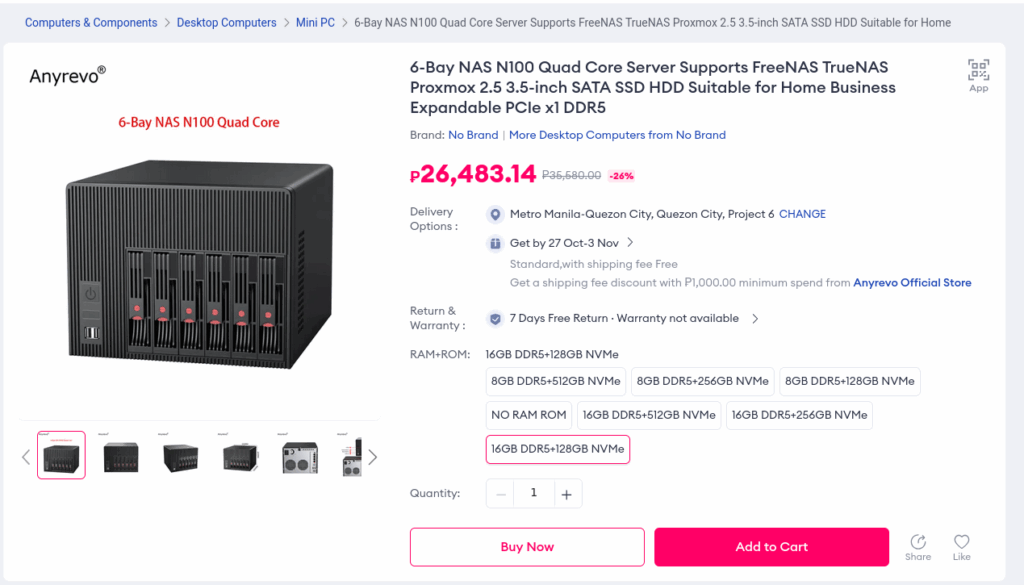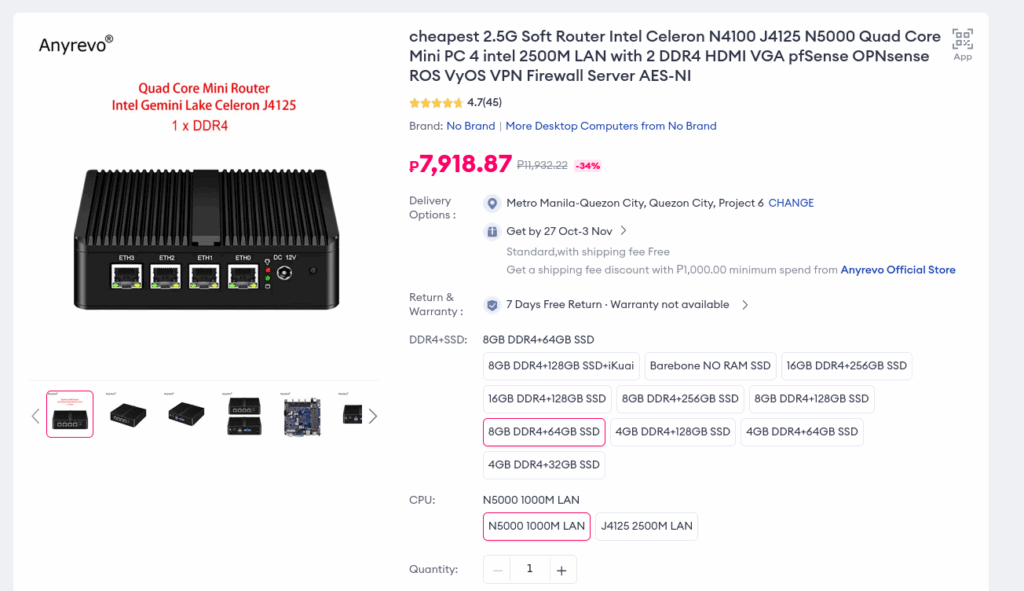It’s been a while since I last wrote an update about the projects I’m working on, both for IT and my TTRPG publishing work. A lot of what I do overlaps — automation, documentation, and open-source infrastructure — so this post helps me keep track of everything that’s ongoing or about to start.
🎮 TTRPG Projects
On the creative side, I’m continuing to build out my Mneme line of open-source, hard-sci-fi TRPG tools.
- Mneme World Generator (MWG) – Ongoing collaboration with Steven Tiu. The goal is a PWA that can generate star systems, planets, and worlds based on hard-sci-fi parameters. https://github.com/StevenTiu22/mneme-world-generator-pwa
- If Steven moves on to new projects, I’ll continue development. Everything’s documented enough for easy onboarding of new contributors or freelancers.
- Mneme CE Character Generator (CECG) – Planned for January 15. This will automate character creation for the Mneme variant of the Cepheus Engine. https://github.com/justinaquino/cecharactergen
🖥️ IT Projects
Lately, I’ve been focusing on improving my self-hosted infrastructure — both for my own use and for learning how to better deploy these for others.
- Nextcloud in Docker – Setting up Nextcloud as a containerized service for my family, complete with individual accounts and automated file backups. This should help everyone manage their data better and learn the value of digital autonomy.
- TrueNAS Project (Mini PC) – Planning to buy a small mini PC to serve as my TrueNAS host. Originally, I aimed for ECC memory, but since that build would cost around ₱100,000, I’ll stay within my ₱30-40,000 budget using a non-ECC setup for now. It will still serve as the backbone for storage, backups, and testing replication setups. (2)
- MediaWiki Setup – Hosting my own wiki to organize documentation and notes. This will be integrated later into my AI setup as a knowledge base for retrieval-augmented generation (RAG).
- Backup and Restore Testing – Using my second Dell microdesktop to test restoring files from my main Docker host. It’s my way of rehearsing disaster recovery before it’s ever needed.
- Cable Management – Small but essential. I’m planning to buy a better power strip to minimize cable clutter around my desk setup. Requires a find a really a surge protector power strip. (1)
- New pfSense Setup – Planning to buy a personal pfSense device to sit right after my modem, before the Wi-Fi access points. The idea is to learn more about networking by managing my own router and firewall. I’ll bridge the IP from the modem and gradually configure it until the setup is fully optimized.
- Ollama Server Setup – A local AI coding and writing assistant that can pull data from my wiki as a RAG source. Goal is to create a workflow where I can query my notes like an AI knowledge base.
- Mailcow Deployment – Running my own mail server under my domain for complete control of my email environment.
- Immich Server – Self-hosted photo management for family photos, giving us a private, cloud-like experience.
- ForgeJo Docker Host – Hosting all my Git projects under my own ForgeJo instance to keep development self-contained.
- Mastodon Server – Setting up my own federated social media instance under Docker.
- Migration to ForgeJo – Gradually moving all my active projects from GitHub to my ForgeJo server for independence and version control continuity.
Closing Thoughts
These projects are all connected by the same principles — Open Source, Accessibility, and Sustainability.
Every system I build teaches me something new about how to reduce dependency on vendors, improve resilience, and make technology more approachable for others.
It’s a lot to juggle, but documenting it here helps me track progress and maybe inspire others to take the same open-source path.
(1) https://www.lazada.com.ph//products/i3808605645-s20270597688.html?urlFlag=true





Leave a Reply